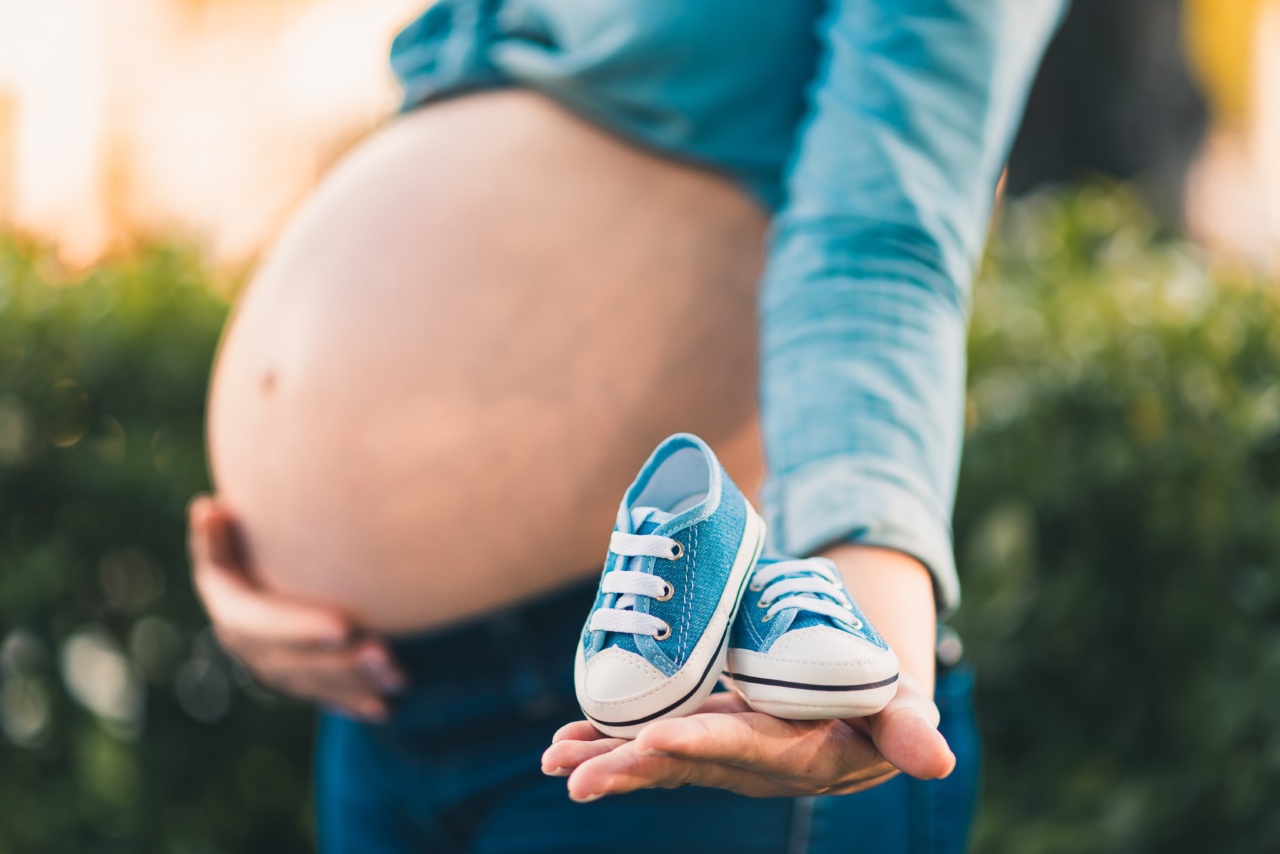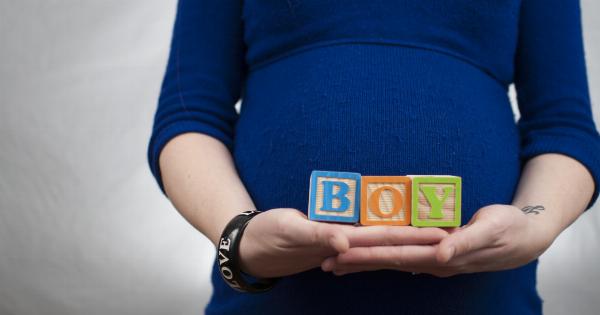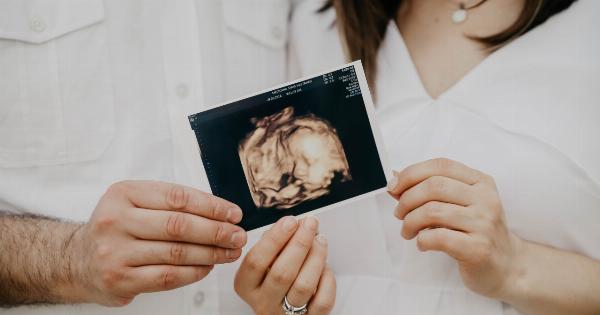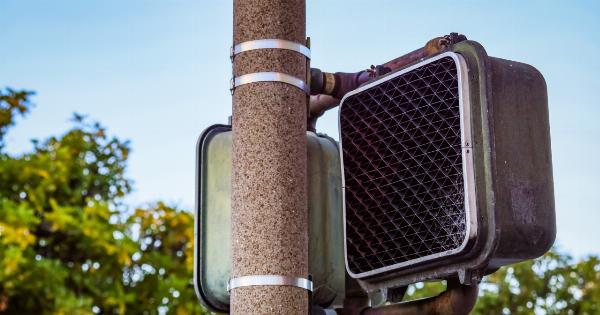One of the most common old wives’ tales about pregnancy is that the shape of a pregnant woman’s belly can predict the gender of her baby.
Some people believe that carrying high or low, carrying in the front or all over, or even the shape of the belly can offer clues about whether the baby will be a boy or a girl. But is there any truth to this idea? Let’s take a closer look.
What Determines the Shape of a Pregnant Belly?
The shape of a woman’s belly during pregnancy is not actually related to the gender of her baby. Instead, it is largely determined by the position of the fetus and the way that the uterus expands to accommodate its growth.
When the baby is low in the uterus, it can create more of a bulge in the pelvic area. When it is high in the uterus, it can push the abdominal muscles outward and create more of a rounded shape.
The shape of a belly can also be influenced by a woman’s body shape and size before pregnancy, as well as the amount of fluid in the amniotic sac.
Common Belly Shapes and What They Mean
Despite the fact that the shape of a pregnant belly is not actually related to the gender of the baby, many people continue to believe that certain shapes can indicate a boy or a girl.
Here are some of the most common belly shapes and what they are believed to mean:.
Carrying High
Some people believe that carrying high is a sign of a baby girl. It is thought that because female fetuses grow larger placentas than male fetuses, they need to be positioned higher in the uterus to receive more nutrients and oxygen.
Carrying Low
On the other hand, some people believe that carrying low is a sign of a baby boy. It is thought that because male fetuses tend to be larger than female fetuses, they naturally settle lower in the uterus.
Carrying Wide
Carrying wide all over, with weight gain in the hips, buttocks, and thighs in addition to the belly, is sometimes thought to indicate a girl.
This may be due to the fact that female fetuses release more estrogen, which can cause a woman’s body to store fat in these areas.
Carrying Narrow
Carrying narrow in the hips and buttocks, with most of the weight gain in the belly, is sometimes thought to indicate a boy.
This may be due to the fact that male fetuses release more testosterone, which can lead to more fat storage in the abdominal area.
Carrying In Front
Some people believe that carrying all in the front, with no weight gain in the hips or thighs, may indicate a boy.
This is because male fetuses tend to be positioned with their backs against their mother’s spine, which can push the belly outward and create a more rounded shape.
Carrying All Around
Carrying weight all around, with a larger belly, hips, and thighs, is sometimes thought to indicate a girl. This is because female fetuses tend to be more evenly distributed throughout the uterus.
What Does Science Say?
Despite the popularity of the idea that belly shape can predict baby gender, there is actually no scientific evidence to support it.
In fact, there have been several studies that have looked at the relationship between belly shape and baby gender, and none of them have found any significant correlation. One study published in the journal BJOG: An International Journal of Obstetrics and Gynecology found that there was no significant difference in belly shape between women carrying boys versus girls.
Another study published in the Journal of Obstetrics and Gynaecology Research found that there was no correlation between belly shape and infant sex.
While these studies may not be the final word on the topic, they do suggest that there is little to no scientific basis for the idea that belly shape can predict baby gender.
The Bottom Line
While the idea that belly shape can predict baby gender may be a fun and harmless old wives’ tale, it is important to remember that there is no scientific evidence to support it.
The shape of a pregnant belly is largely determined by the position of the fetus and the way that the uterus expands to accommodate its growth, and is not related to the gender of the baby. If you want to find out the gender of your baby, it is best to rely on ultrasound and other medical tests rather than belly shape.




























